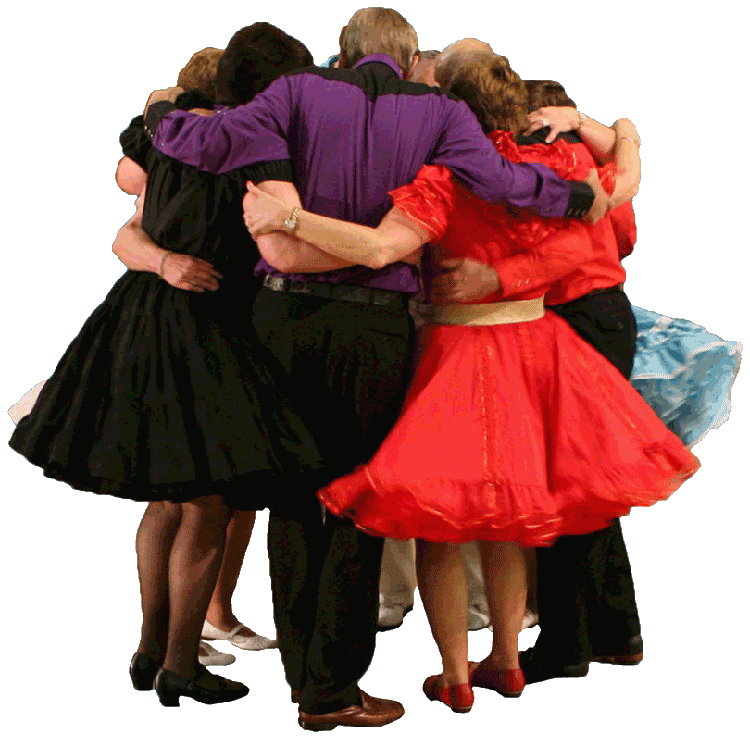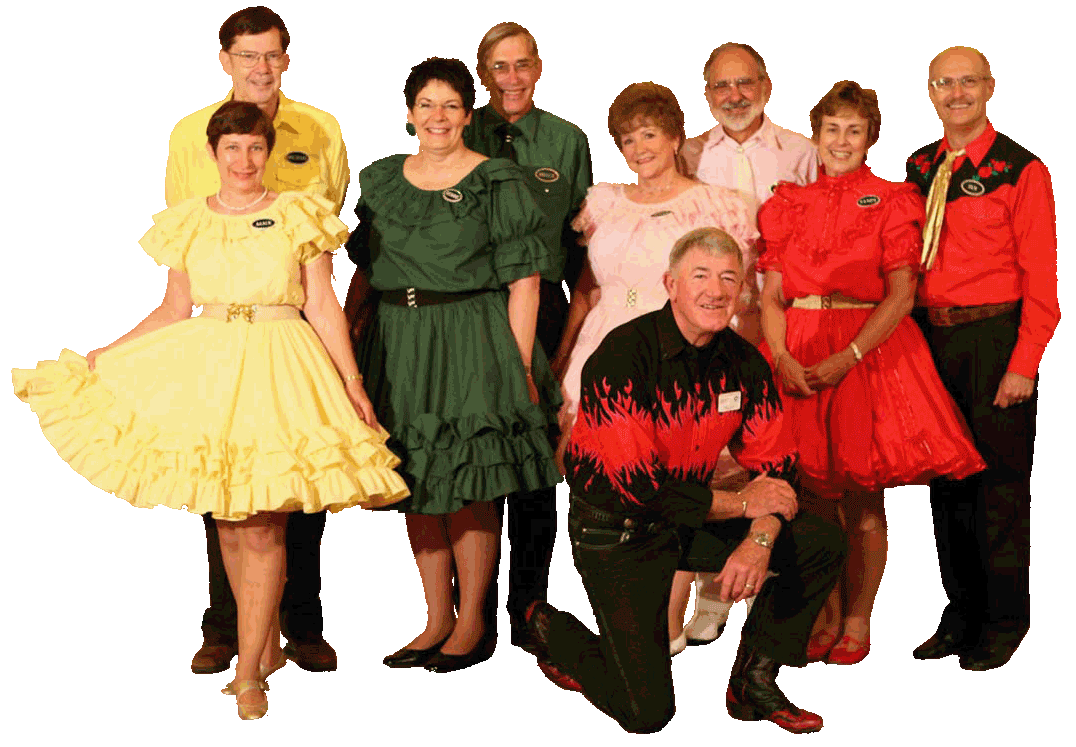
Square dancing is one tradition without borders, cultures, or generations; the dance has found its way around the world to varying degrees. Each region has brought its distinct style to the square dance steps, blending local music, traditions, and customs into the timeless rhythm of this social dance.
Let's explore how different cultures worldwide have adapted square dancing and added their particular flair, as well as entering into the strange and fascinating world of square dance calls explained.
Square Dancing Moves: A World Development
Square dancing, as we know it, comes from European folk dances brought to the United States by enterprising immigrants. From there on, it crystallized into its version of social dance. In its design, square dancing moves are regarded as steps in which four pairs of couples form a square, with their partners fixed in some formation. Couples perform the so-called choreography or many calls, instructing their movements.
As square dancing spread across the globe, different countries started to develop their cultural imprint on it. This imposition resulted in peculiar dance variants that pay homage to the uniqueness of the many world dance traditions.
American Square Dancing
In the U.S., square dancing moves have remained fairly tied to its American heritage, particularly in rural areas. The U.S. version is characterized by a call-and-response style, where a "caller" leads the dancers through a series of choreographed movements, such as "promenade," "dosado," and "allemande left."
Nineteen U.S. states have designated square dancing as their official state dance, and there are currently 31 states that have designated square dancing as their state folk dance.
The dances vary extensively with regions; thus, "clogging" could pop up in Appalachia while "western square dancing" reigns supreme in the Midwest. But irrespective of the rifts, one constant rhythm for square dancing prevails: the one that brings dancers together across the globe to bridge dance movement and joy.
British Style Square Dancing
Square dancing in the UK resembles what is carried out in America, although it seems to be a little more understandably structured and formal. Here, square dancing is integrated into the larger context of traditional English folk dancing. Known as "ceilidh dancing" (pronounced "kay-lee"), the UK variation typically involves faster-paced music and shorter, more intricate moves.
Square dance calls explained in the UK are also far more straightforward. The dramatic dances dubbed "strip the willow" and "sword dances" are exclusive to British square dancing. Celtic influences drive movements and often tell a story, rendering British choreography narrative-based rather than American-square-based.
Square Dancing in Europe
On and off the continent, square dancing has become popular with several European countries, each adapting their respective local musical and cultural temperaments. In France, the square dancing tradition is regarded as the "quadrilles," closely related to the popular dance in the 18th century. Nowadays, rural French square dancing draws people from the cities into the villages under the pretext of providing an opportunity for social activities, fun, and celebration.
Square Dancing Across Asian Social Fusion
While square dancing is often regarded as a cultural practice exclusive to the West, it has also found its way into some Asian cultures. In Japan, square dancing is recognized as a form of communal exercise. The Japanese version is a combination of conventional square dance moves and native folk dances, emphasizing simplicity and precision.
In China, square dancing has become an increasingly popular form of recreation in public parks and town squares. Known in the native language as "guangchang wu," this variety of square dancing is typically characterized by synchronized choreography set to popular Chinese music.
Around the World Square Dancing
Square dancing bridges cultural divides across the world. From the Americas to Europe to Asia, it is far more than just a dance; it is a cultural celebration that brings people together. It unites people through the spirit of community and shared enjoyment, whether old or young, bridging barriers through music and movement. In a rural French village, a public square in China, or a lively barn in the U.S., it truly is impressive how square dances transcend language and boundaries to join people worldwide in rhythm, fun, and friendship.
Square dancing has evolved into a global phenomenon, so why not join the trend? Contact us today to learn square dancing from experienced professionals. The next time you're invited to a square dance gathering, you can dance like a pro!

